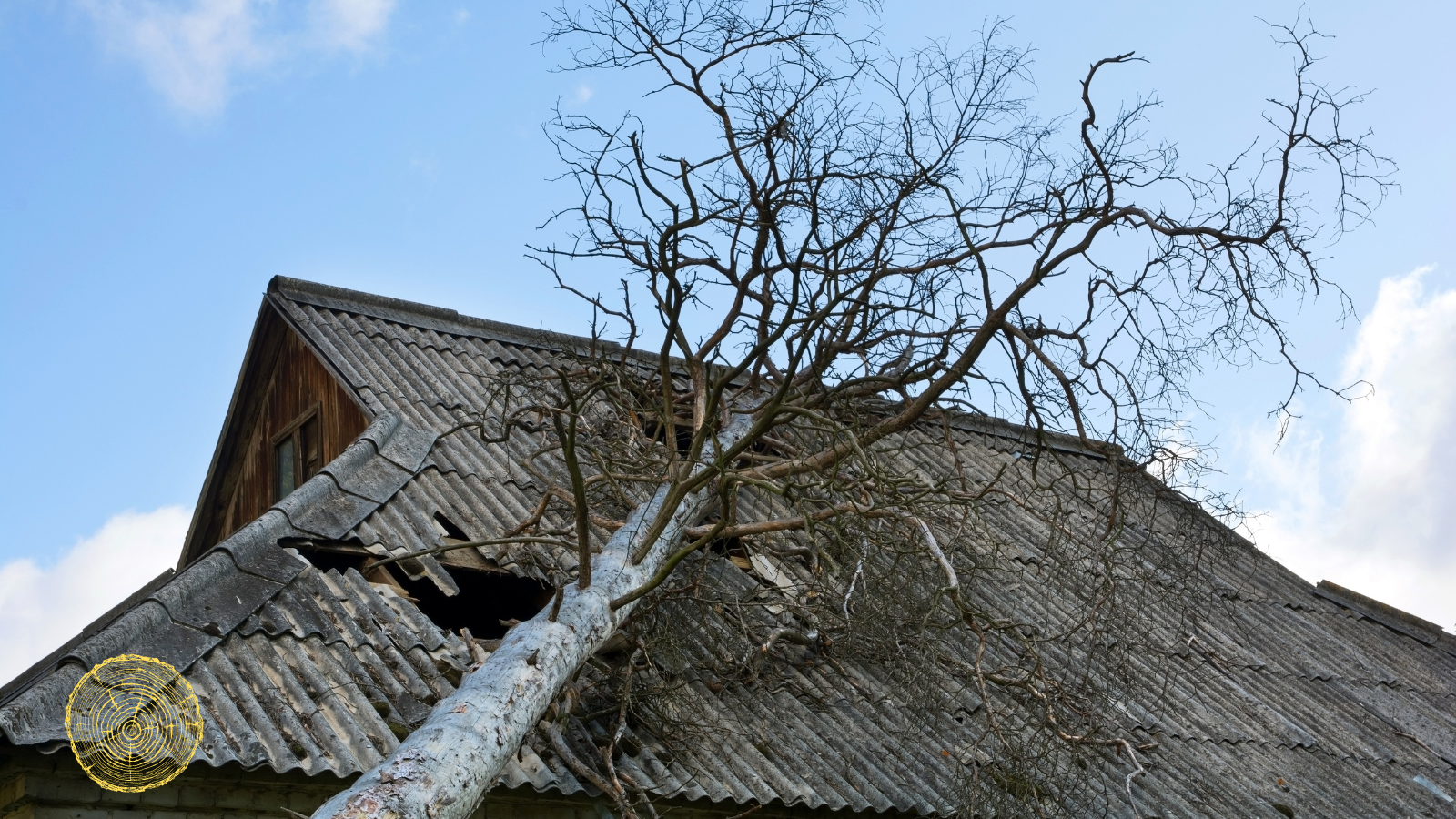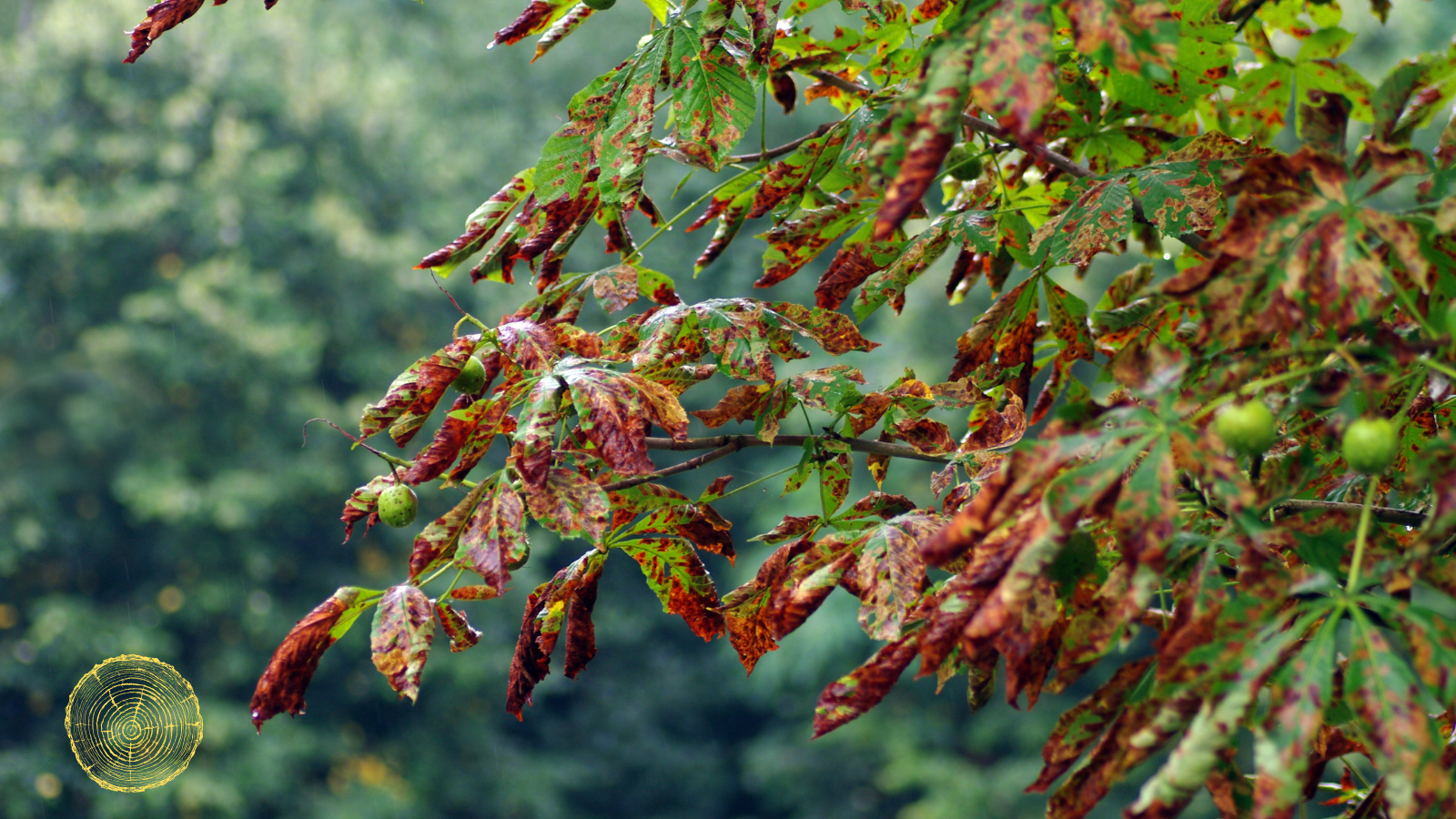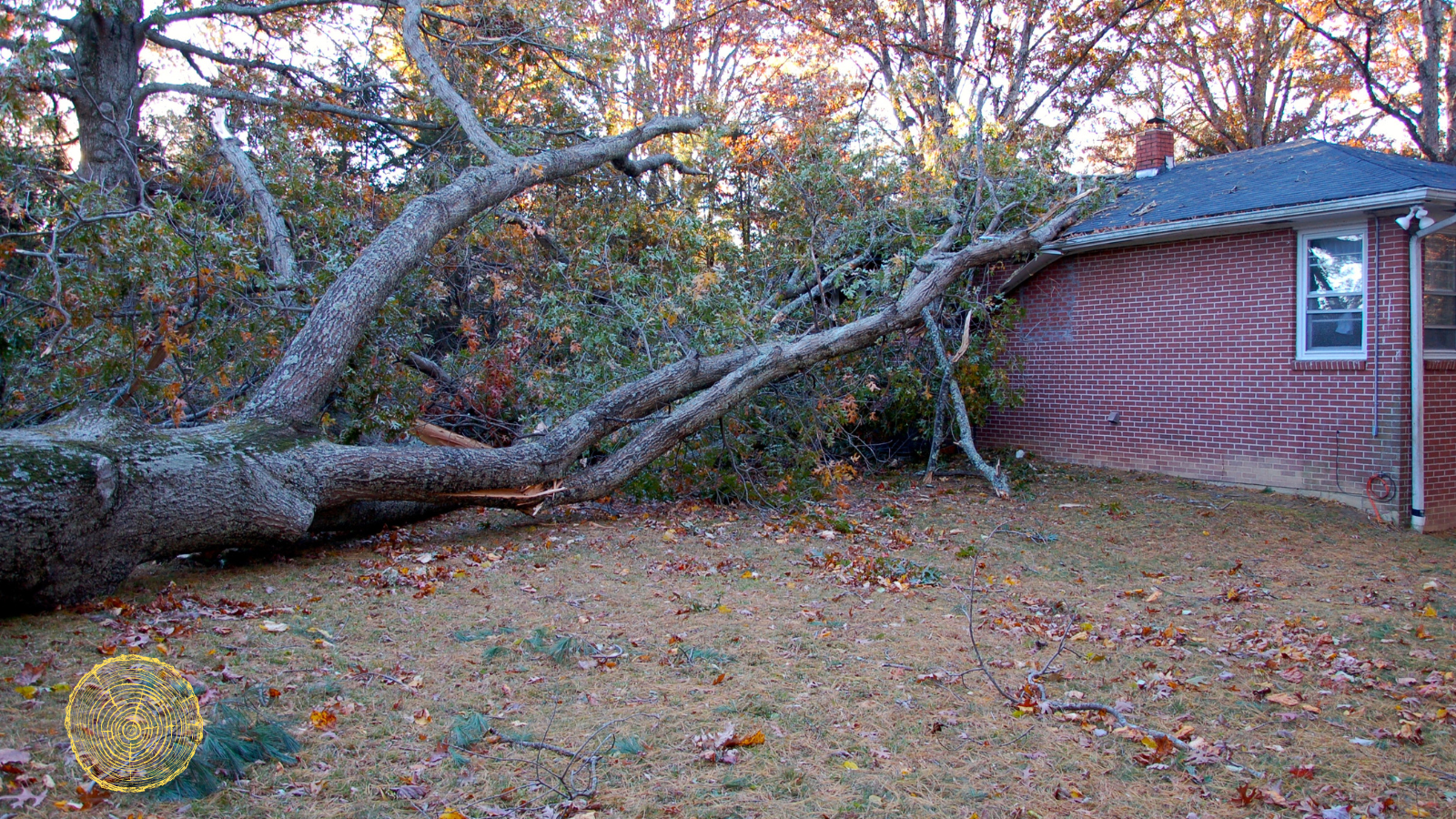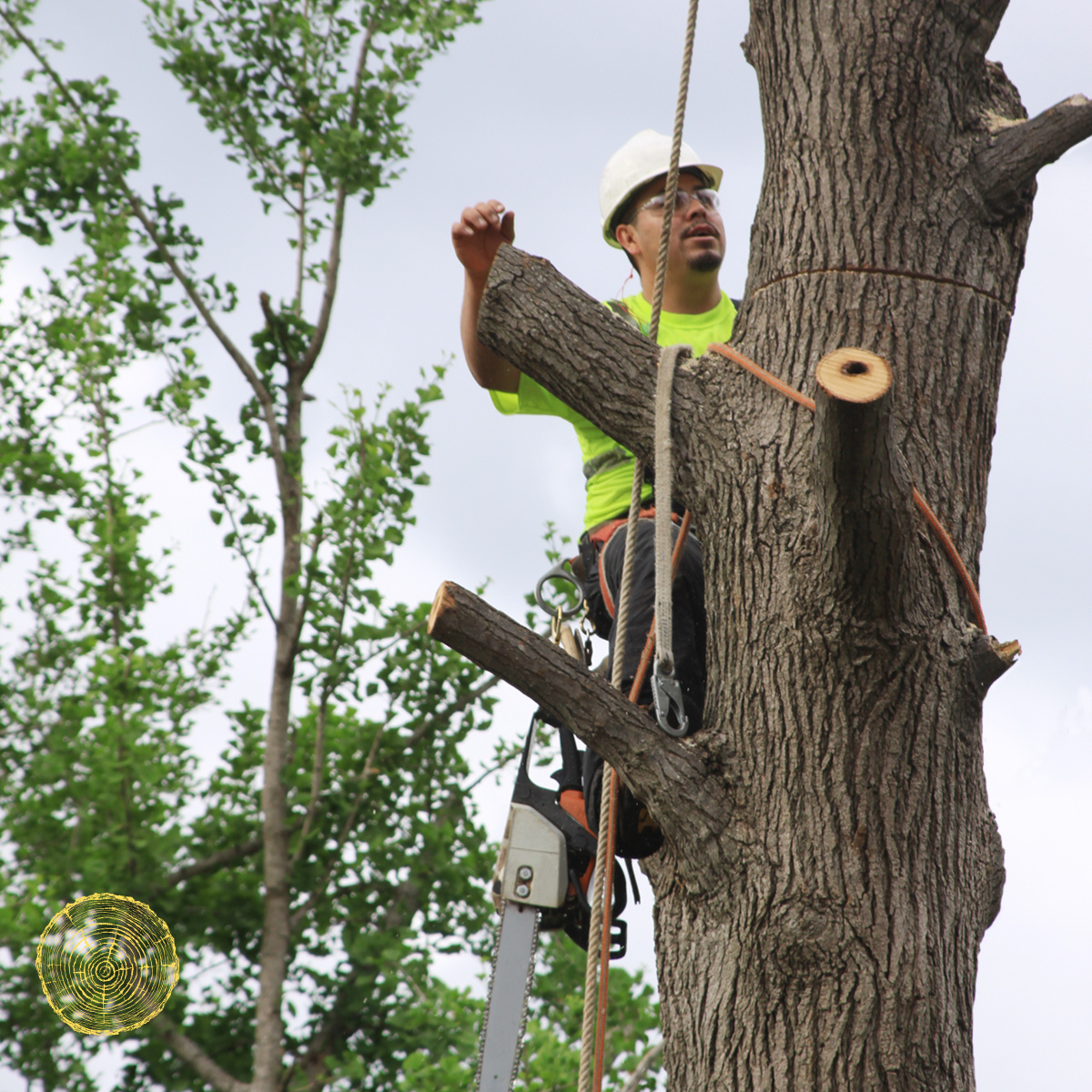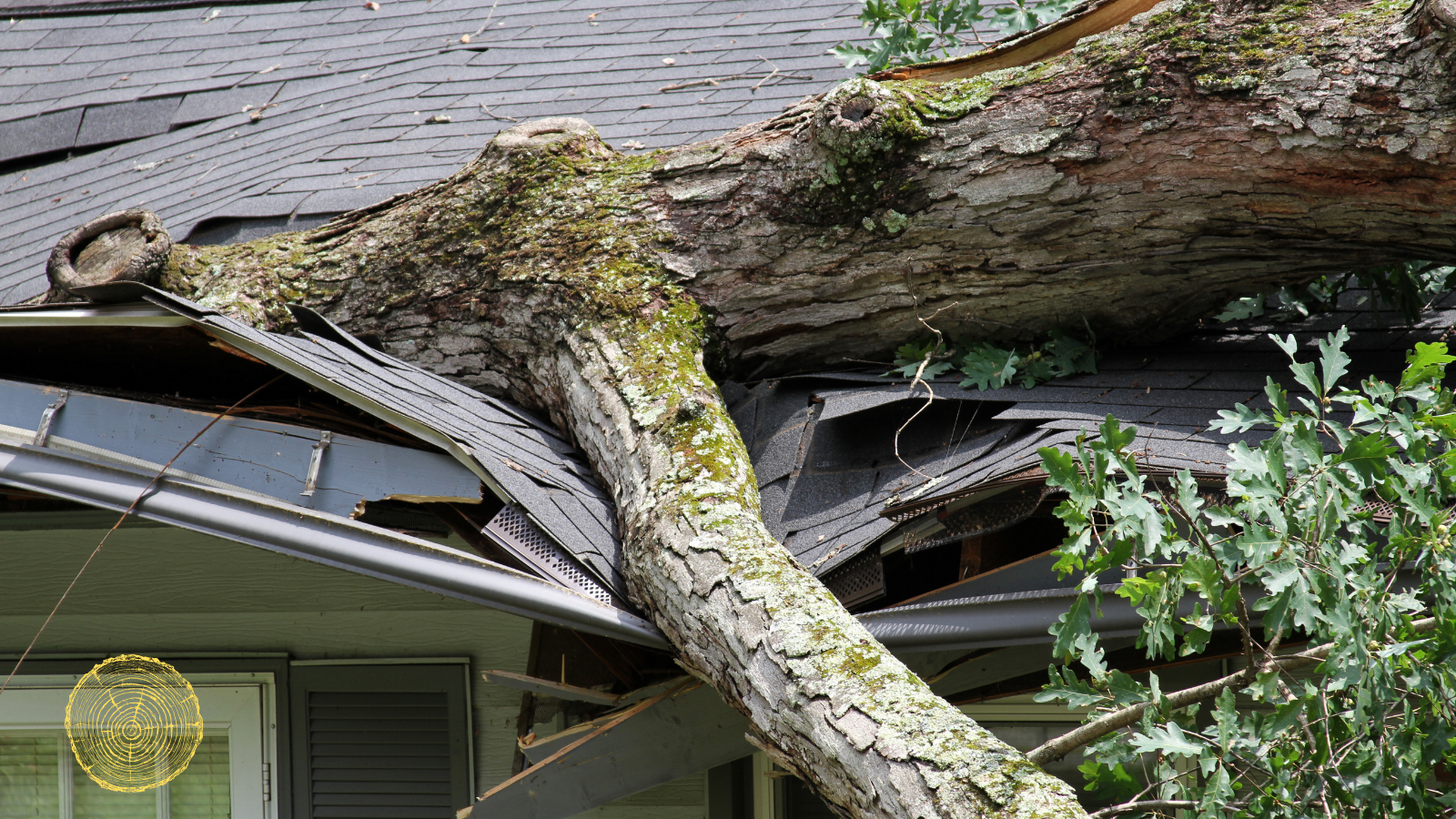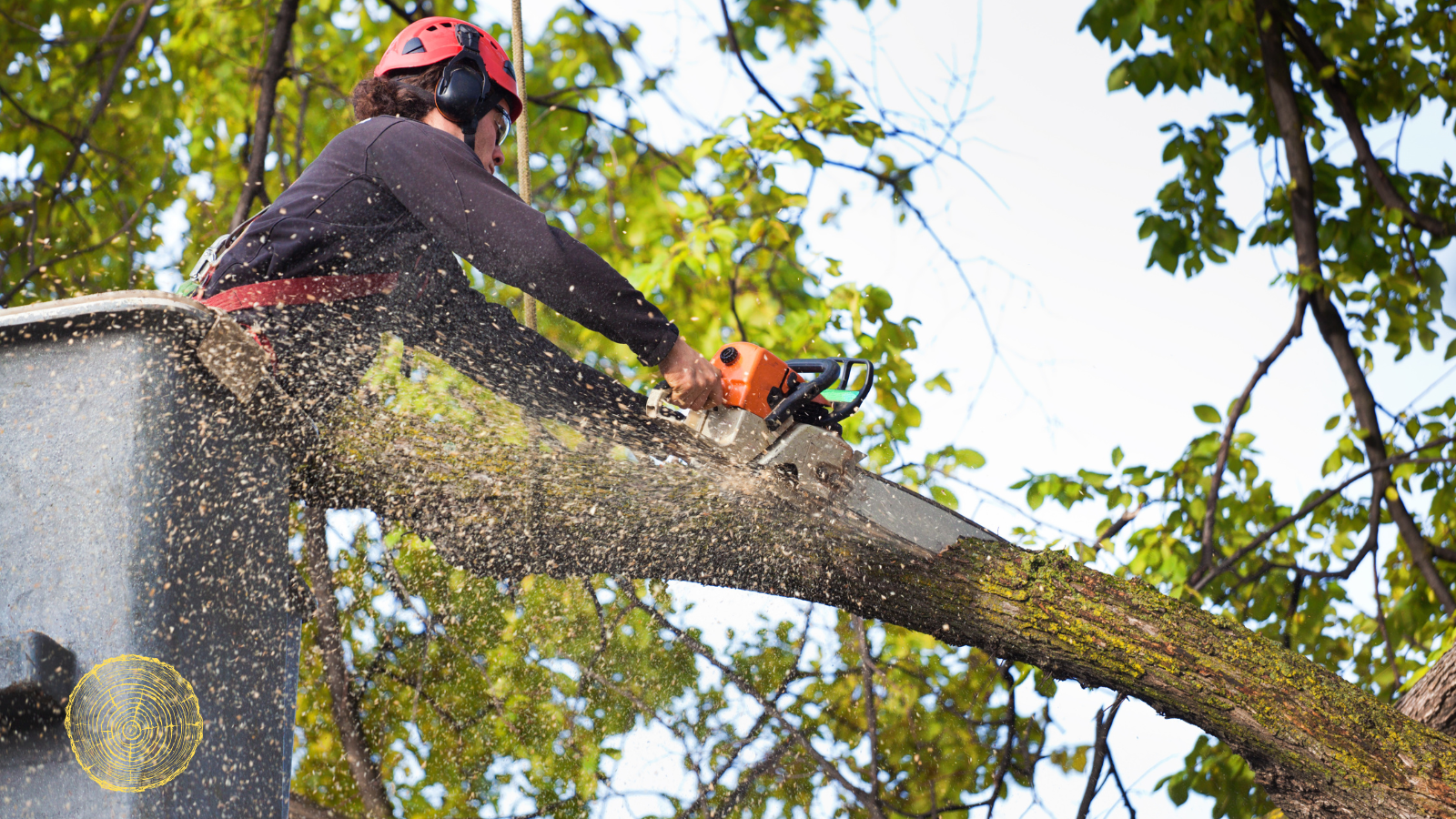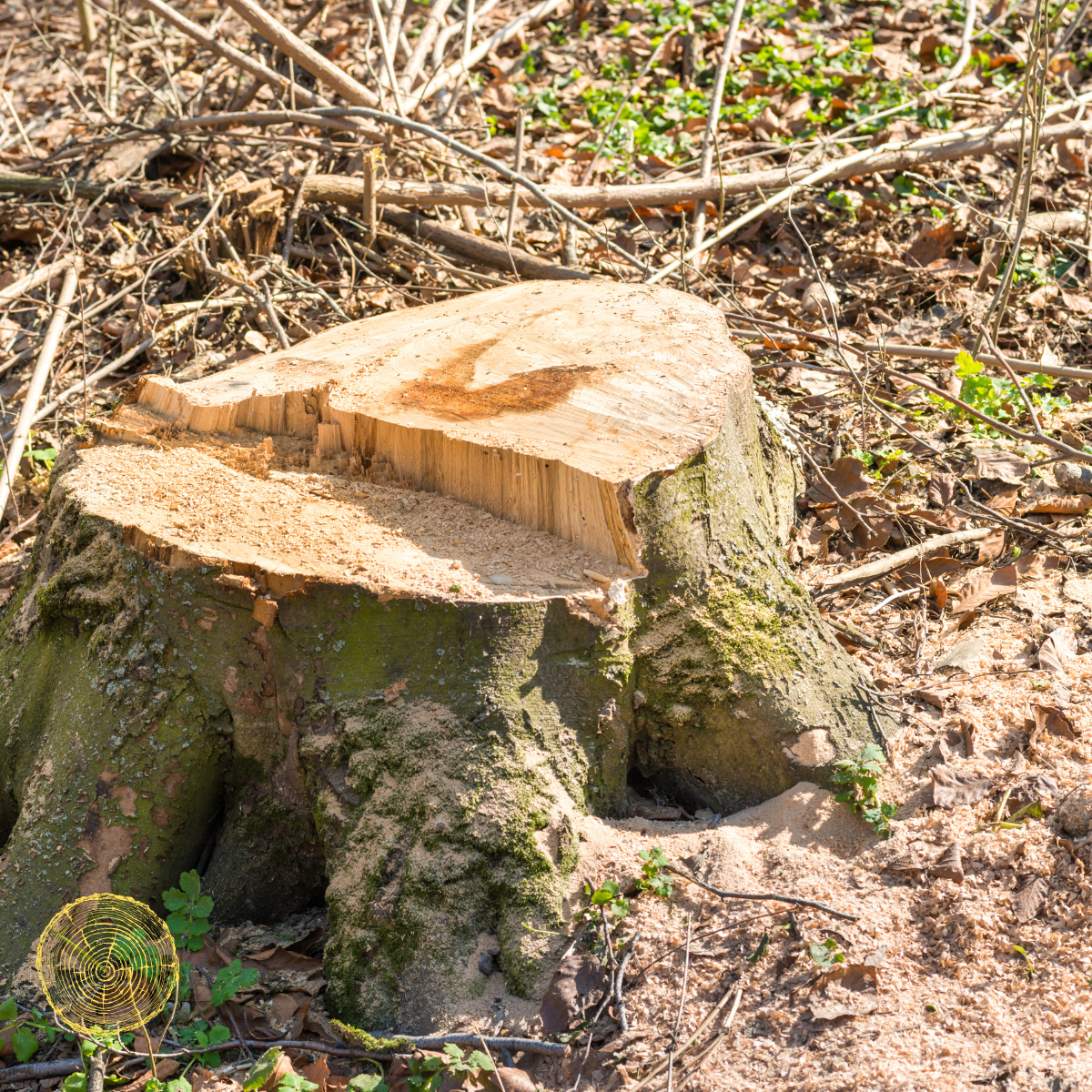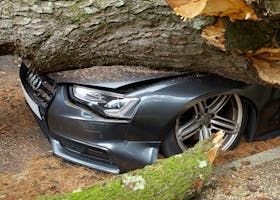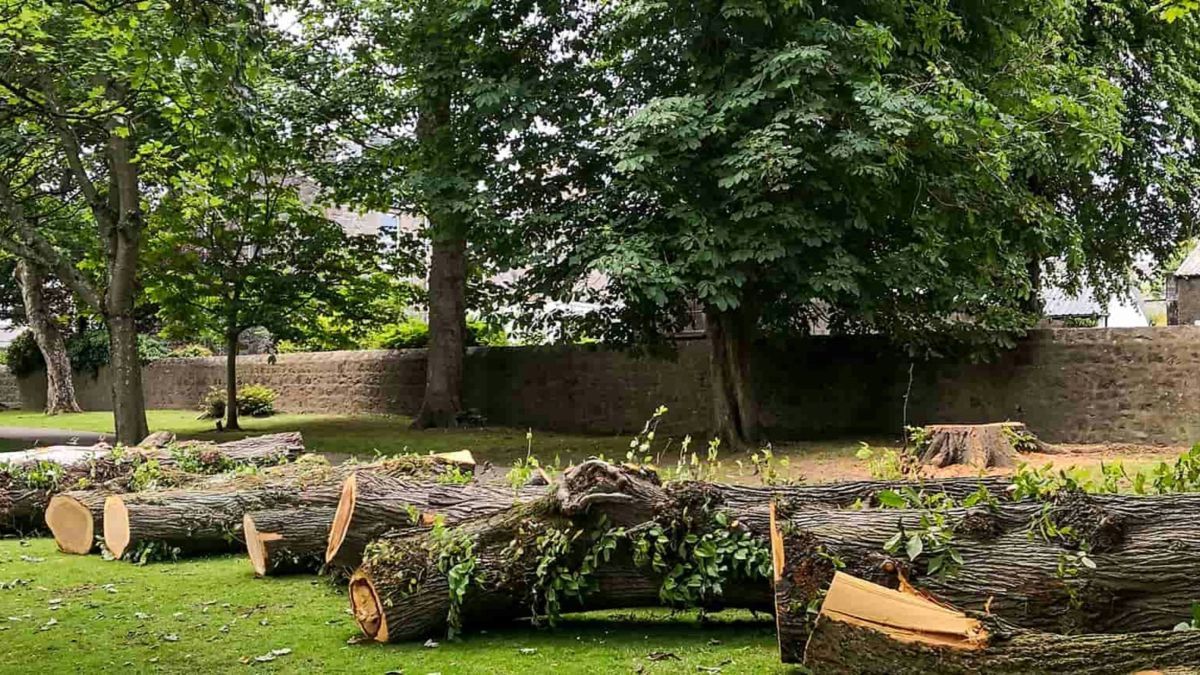What Are the Signs a Tree Might Fall? Wichita Homeowner Safety Guide
The thought keeps you awake at night: that towering elm tree in your backyard has been looking a bit odd lately, and with Wichita's unpredictable weather, you're wondering if it's going to come crashing down during the next storm. Recognizing the warning signs that a tree might fall isn't just about protecting your property—it's about keeping your family and neighbors safe. Here's what every Wichita homeowner needs to know about identifying trees at risk of failure.
Visual Warning Signs of Tree Failure
Obvious Structural Damage: The most apparent signs are those you can see from your back porch. Look for large cracks in the trunk, especially those that extend vertically up the tree or completely around the circumference. Hollow areas or cavities in the trunk, whether from disease, insect damage, or old wounds, significantly weaken the tree's structure. These voids can reduce the tree's ability to withstand Kansas wind loads by 50% or more.
Branch and Canopy Issues: Dead branches throughout the canopy, particularly large ones over 4 inches in diameter, indicate declining tree health and potential failure points. Pay attention to branches that hang at odd angles or show signs of splitting where they attach to the trunk. In Wichita, where ice storms are common, branches with weak attachment points often fail catastrophically when loaded with ice.
Root System Red Flags: Changes around the base of your tree can indicate serious problems below ground. Look for exposed roots, especially if they appear suddenly after storms or construction. Soil heaving or cracking around the base suggests root movement that could compromise stability. In neighborhoods like College Hill, Riverside, and Crown Heights, where mature trees are common, root problems often develop gradually as trees outgrow their available space.
Seasonal Warning Signs in Kansas
Spring Emergence Problems: How a tree leafs out in spring tells you a lot about its health and stability. Trees that leaf out late, show sparse foliage, or have sections that don't leaf out at all may be experiencing root or trunk problems that affect stability. This is particularly important to monitor after harsh winters that may have damaged root systems through freeze-thaw cycles common in Kansas.
Storm Damage Assessment: After severe weather events—which are frequent in Wichita—carefully inspect your trees for new damage. Look for fresh wounds, bark peeling, or new cracks that weren't present before the storm. Trees may also develop subtle leans or shifts that become more apparent over time. Don't assume a tree that "survived" a storm is necessarily stable; damage may not be immediately apparent.
Species-Specific Failure Patterns
Bradford Pears and Weak-Wooded Species: Bradford pears, popular in local landscaping, are notorious for splitting at branch unions, especially during ice storms. These trees often show early warning signs like small cracks at major branch intersections or unusual dropping of large branches during calm weather. Their weak wood structure makes them unpredictable even when they appear healthy.
Oak Tree Considerations: Oak trees, abundant throughout the Wichita metro area, typically fail differently than other species. They're generally wind-resistant but can fail suddenly if affected by oak wilt disease or root rot. Look for sudden wilting of leaves during growing season, unusual branch dieback, or fungal growth around the base. Understanding signs of tree disease is crucial for early detection.
Ash Tree Risks: With emerald ash borer detected in Kansas, ash trees face particular vulnerabilities. Infested ash trees often fail catastrophically because the pest weakens the wood structure internally. Warning signs include D-shaped exit holes in the bark, excessive woodpecker activity, and progressive canopy dieback starting from the top.
Environmental Stress Factors
Construction and Development Impact: With Wichita's ongoing development in areas like Maize, Andover, and Derby, construction activity poses significant risks to established trees. Root damage from trenching, soil compaction from heavy equipment, and grade changes can destabilize trees for years after construction is complete. Trees affected by construction often show delayed stress responses, becoming unstable 2-5 years after the initial damage.
Soil and Drainage Issues: Wichita's clay soils create unique challenges for tree stability. During wet periods, saturated clay loses its supporting strength, making trees more susceptible to toppling. Conversely, during drought periods, clay shrinkage can damage root systems. Look for trees in areas with poor drainage or those that have experienced significant soil moisture changes.
Progressive Warning Signs to Monitor
Gradual Changes Over Time: Tree failure rarely happens without warning—the key is recognizing subtle changes that indicate developing problems. Keep a photo record of your trees, taken from the same position each season. This helps identify gradual lean development, progressive canopy loss, or slowly expanding trunk cracks that might not be obvious day-to-day.
Response to Weather Events: Pay attention to how your trees respond to normal weather. Trees that sway excessively in moderate winds, drop branches during minor ice events, or show stress after routine weather may be developing structural problems. This behavior often precedes major failure events.
Professional Assessment Indicators
When Expert Evaluation is Critical: Certain warning signs require immediate professional assessment rather than waiting to see what develops. These include any sudden lean development, large cracks in major structural components, significant root exposure, or evidence of internal decay. Professional arborists have tools and expertise to evaluate risks that aren't visible to homeowners.
Risk vs. Value Calculations: Professional assessment helps balance the risk of failure against the tree's value to your property. Some warning signs indicate manageable risks that can be addressed through pruning or cabling, while others suggest immediate removal is necessary for safety. Understanding factors that affect removal costs helps in decision-making.
Weather-Related Failure Triggers
Wind Event Vulnerabilities: Kansas experiences various wind events that can trigger tree failure in compromised trees. Straight-line winds from severe thunderstorms create different stresses than the rotating winds of tornadoes. Trees with existing structural weaknesses often fail during these events, even if wind speeds aren't extreme. Monitor trees that show excessive movement during normal wind conditions.
Ice Storm Complications: Ice loading can quickly overwhelm trees with pre-existing weaknesses. Trees that show signs of stress before ice events are much more likely to fail during them. Pay particular attention to trees with deadwood, weak branch attachments, or unbalanced canopies before ice storm season arrives.
Soil Saturation Events: Heavy rains that saturate Wichita's clay soils can destabilize even apparently healthy trees. Trees in poorly drained areas or those with compromised root systems are particularly vulnerable during these conditions. This risk is often highest in spring when soil may already be saturated from snowmelt.
Immediate Action Steps
Emergency Protocols: If you notice sudden changes in a tree's structure—new cracks, sudden lean development, or major branch failures—treat the situation as an emergency. Restrict access to the area and consider whether emergency removal services are needed to prevent injury or property damage.
Monitoring High-Risk Trees: For trees showing warning signs but not requiring immediate removal, establish a monitoring routine. Check these trees after every significant weather event and photograph any changes. This ongoing assessment helps track whether problems are stabilizing or progressing toward failure.
Preventive Measures: Address contributing factors where possible. Improve drainage around trees in wet areas, avoid construction activities near valuable trees, and maintain proper pruning to reduce wind resistance. These measures can't fix existing structural problems but may prevent additional stress that could trigger failure.
Making Informed Decisions
Balancing Risk and Action: Not every warning sign requires immediate tree removal, but all require evaluation and appropriate response. Understanding the timeline of tree failure helps prioritize actions. Some problems develop over years, while others can progress to failure within months or even weeks. Consider whether a leaning tree can be saved or needs removal.
Cost-Benefit Analysis: The decision to address a potentially failing tree involves balancing several factors: the cost of intervention, the probability of failure, the potential consequences of failure, and the tree's value to your property. Compare costs of preventive action versus planned removal versus emergency cleanup after failure.
Professional Guidance: While homeowners can identify many warning signs, professional assessment provides crucial expertise for evaluating risk levels and appropriate responses. Certified arborists can distinguish between cosmetic problems and serious structural issues, helping you make informed decisions about tree management.
The key to preventing tree failure damage is vigilant observation combined with appropriate professional consultation when warning signs appear. Regular monitoring of your trees, especially after weather events, helps identify problems before they become dangerous. When in doubt, professional assessment is a small investment compared to the potential costs of tree failure.
Ready to get your potentially problematic trees assessed? Reach out to one of our trusted Wichita tree removal professionals for expert evaluation and recommendations. All of our featured companies are licensed, insured, and known for quality work.

